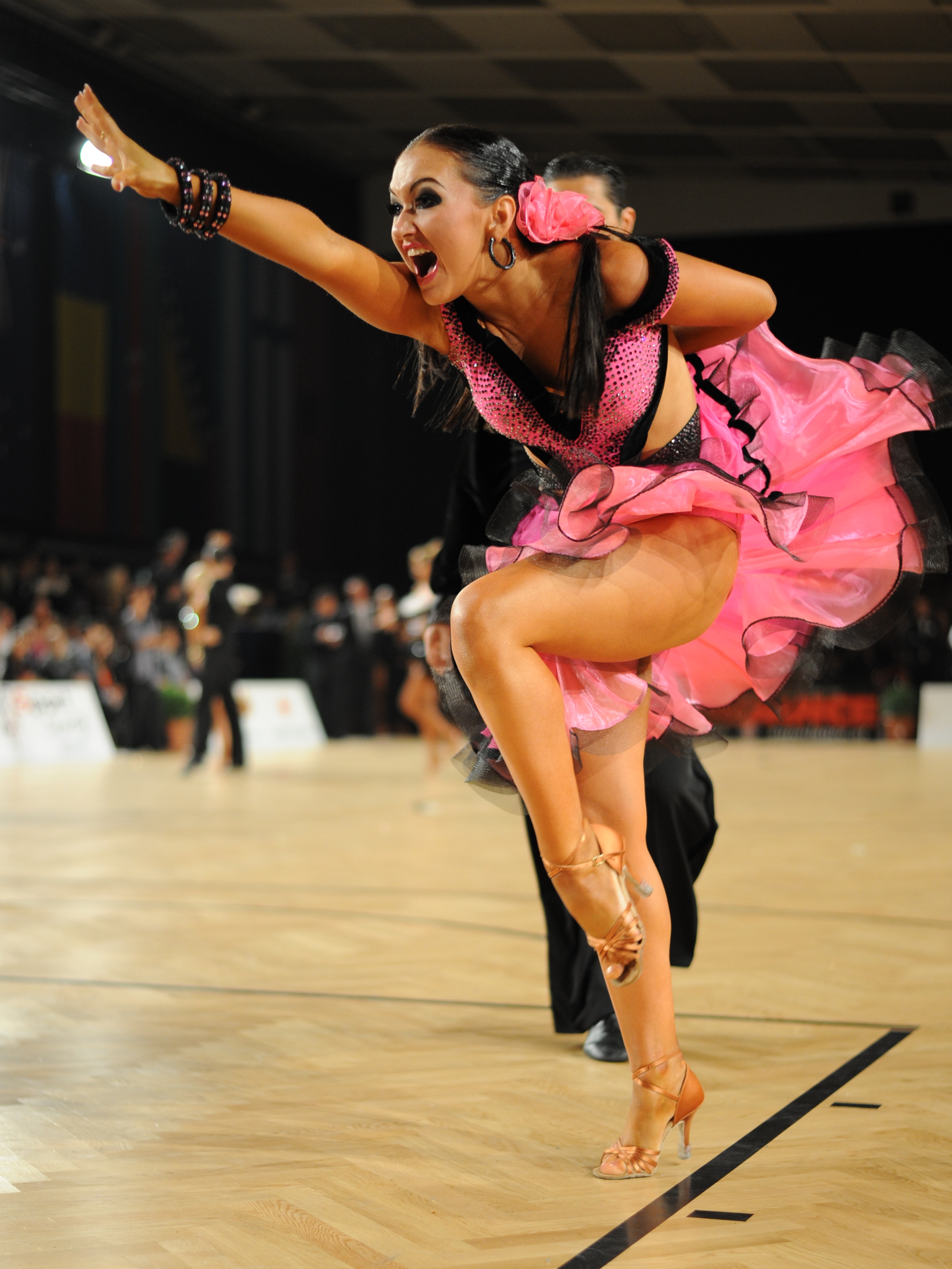Approximate Reading Time: 5-7 min
Can healthy joints make you harder to kill? If you’re a dancer the answer is a hard yes. In their profession dancers are frequently required to explore new and dynamic movement material.
With extremely long hours involved and the sheer number of required repetitions, most dancers don’t have time to focus on their joint health. Poor joint health can lead to serious injury, chronic pain, and can significantly shorten a dancers career. Today we will explore how dancers can maintain the best possible health of their joints.
The first thing to note when discussing the health of high-performance athletes such as professional dancers is that the complexity of performance or ability of the athlete to perform skills does not necessarily mean they are healthy. There is, to some degree, a trade-off (it may be difficult to mitigate the potential injuries involved in 100s of choreographed routines), but we can look at some nutritious, and preventative movement skills that all dancers (read humans!) should invest in.
The first movement we will explore, inspired by the Functional Range Conditioning (also known as FRC) toolbox, is joint isolation. The primary function of joint isolation is to clear the body one joint at a time. By asking questions such as “Do I (the athlete) demonstrate good control of my joints? Do I have wrists that can move pain-free through all the ranges of motion a wrist is meant to move in? What about my shoulder blades, hips, and pelvis? etc.” This tool can help to reduce inflammation in the joints, to develop better range and joint function, and to scan for aberrant functionality. For more information on joint circles sign up for our free Harder to Kill Mini-Course.
The next tool we will explore is the ability to load tissue in a way that does not inundate the body, and which occurs in a controlled setting outside of the adrenaline of performance. This will protect vulnerable areas such as shoulders, elbows, and wrists from overloading the tissue and will condition them to absorb loads of any kind.
There are many ways to achieve a strong, controlled frame. A healthy hang can most often be equated to healthy shoulders. Building strength can come through basic push/pull patterns such as rows and press-ups. Challenging the cardiovascular system with repeatable elements can allow large amounts of musculature to be targeted during movements such as step-ups and get-ups.
Building a stronger from can benefit many types of athletes, and dancers are no exception. It can make humans more resistant to injury, strengthen the upper body by loading vulnerable or less targeted areas (shoulders, elbows, wrists), and can improve one's capacity to absorb greater force in these areas.
At Restore Human we have an array of skill based tests and metrics that allow us to move people towards physical freedom and adventure. To us, this equates to ‘being harder to kill.’ For dancers and other high performance athletes physical freedom means the freedom to explore loading their joints without the risk of injury, and to understand that most (if not all) injury is preventable.




